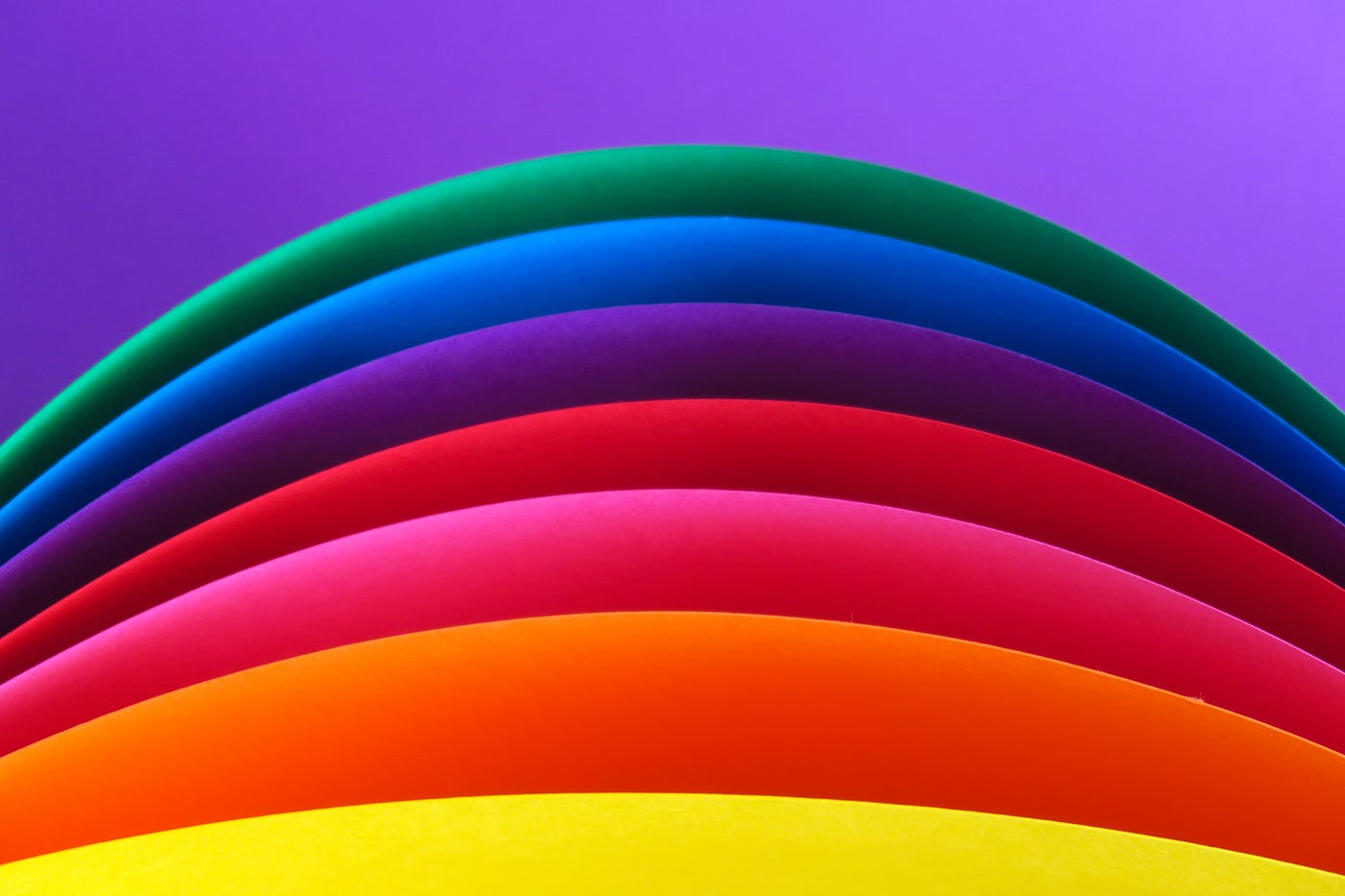The Transformative Power of Feng Shui Colours

Colours have a profound impact on our emotions, behaviours, and overall well-being. In Feng Shui, an ancient Chinese practice that harmonises individuals with their surrounding environment, colours play a vital role in balancing the energies of a space. These colours are categorised into two primary groups: cool colours, which are associated with Yin energy, and warm colours, which are linked to Yang energy. A balanced interplay between these two energies is essential for creating a harmonious environment.
Understanding Yin Colors
Yin colours are cool and calming, symbolising healing, relaxation, and introspection. They are associated with the quieter, more introspective aspects of life. Here are some key Yin colours and their significance in Feng Shui:
- Blue: Blue embodies Yin energy because it reflects feelings of love, peace, and trust. It evokes the vastness of the sea and sky, making it a symbol of adventure and exploration. Among its many shades, navy blue stands out as the colour of intellect and wisdom, often used to inspire deep thought and clear communication.
- Black: Black is a powerful colour in Feng Shui, symbolising money, income, and career success. When paired with metallic elements, black enhances focus and determination, creating a strong sense of emotional protection and personal power.
- Purple: Purple is found at the end of the colour spectrum and is strongly associated with spiritual awareness in Feng Shui. It is considered excellent for physical and mental healing, often used in spaces intended for meditation or spiritual practice.
- White: White signifies purity, confidence, and poise. Feng Shui practitioners use white in combination with metallic colours like gold and silver to create a serene and calming atmosphere. This colour is ideal for spaces where clarity and openness are desired.
- Green: Green represents balance, growth, and renewal. It is a nurturing colour that promotes harmony and health across emotional, physical, and spiritual dimensions. Green is often used in spaces meant for relaxation and healing, as it helps to restore balance in the body and mind.
Embracing Yang Colours
In contrast to the cool, calming energy of Yin colours, Yang colours are warm and invigorating. These colours are associated with the elements of fire and wood, bringing enthusiasm, creativity, and positive energy into a space. Here are some prominent Yang colours and their roles in Feng Shui:
- Yellow: Yellow is a bright and cheerful colour that symbolises friendliness and warmth. However, it’s important to use yellow in moderation, as too much exposure to this color can lead to feelings of anxiety and restlessness.
- Orange: Orange is the colour of creativity and concentration. It’s particularly useful when you need a boost in focus or when your creative energies are running low. Orange can be incorporated into workspaces or areas where brainstorming and problem-solving take place.
- Tan/Brown: These earth tones represent stability, reliability, and order. They convey a sense of neatness and can help conceal emotions, making them ideal for spaces where grounding and focus are needed.
- Lavender: Lavender, a soft shade of purple, is associated with sexual indecision and vulnerability in Feng Shui. It suggests a capacity to be influenced by others and is often used in spaces where emotional clarity and personal boundaries are important.
- Maroon: Maroon is a deep, rich shade of red that symbolises indecisiveness in Feng Shui. This colour can bring a sense of contemplation and reflection, making it useful in areas where decisions are made or where deep thinking is encouraged.
Achieving Balance with Feng Shui Colours
While each colour in Feng Shui carries its own unique energy and symbolism, the key to harnessing these energies effectively lies in achieving balance. This balance is created by harmonising the colours with the five fundamental elements of Feng Shui: earth, water, fire, wood, and metal. Each colour corresponds to one of these elements, and by strategically combining them, you can create a space that promotes well-being and prosperity.
For example, in a bathroom—a space dominated by the water element—it is important to avoid overusing the colour black, which also represents water. Adding too much of this colour can create an imbalance, leading to feelings of stagnation or overwhelm. Instead, incorporating earth tones like tan or brown can ground the space and restore balance.
Practical Application in Your Space
To fully harness the power of Feng Shui colours, consider their application not only in the paint on your walls but also in the furniture, decor, and accessories throughout your home or office. For instance, if you seek to enhance creativity and focus in your workspace, introduce elements of orange through artwork, cushions, or office supplies. If you want to create a calming and restorative bedroom environment, opt for soft blues and greens in your bedding and decor.
Feng Shui encourages us to be mindful of the colours we surround ourselves with, recognising that they can significantly influence our mood, behaviour, and overall well-being. By carefully selecting and balancing these colours, you can create spaces that support your goals, whether they involve health, wealth, relationships, or personal growth.
Conclusion
The colours of Feng Shui offer a powerful tool for transforming your environment and your life. By understanding the energies associated with each color and how they interact with the five elements, you can create a balanced and harmonious space that enhances your well-being. Whether you are seeking to cultivate peace and relaxation, boost creativity, or foster a sense of stability and order, the strategic use of Feng Shui colours can help you achieve your goals. So take the time to explore these wonderful colours and bring their benefits into your home or office, creating a space that truly supports and nurtures you.
Click the link below to book your free clarity call or free virtual coffee chat.
Grab a copy of our newletter by completing the form below, this will then be sent to your inbox every month.
My Affirmation For The Week
"Every act of creation is first of all an act of destruction."









